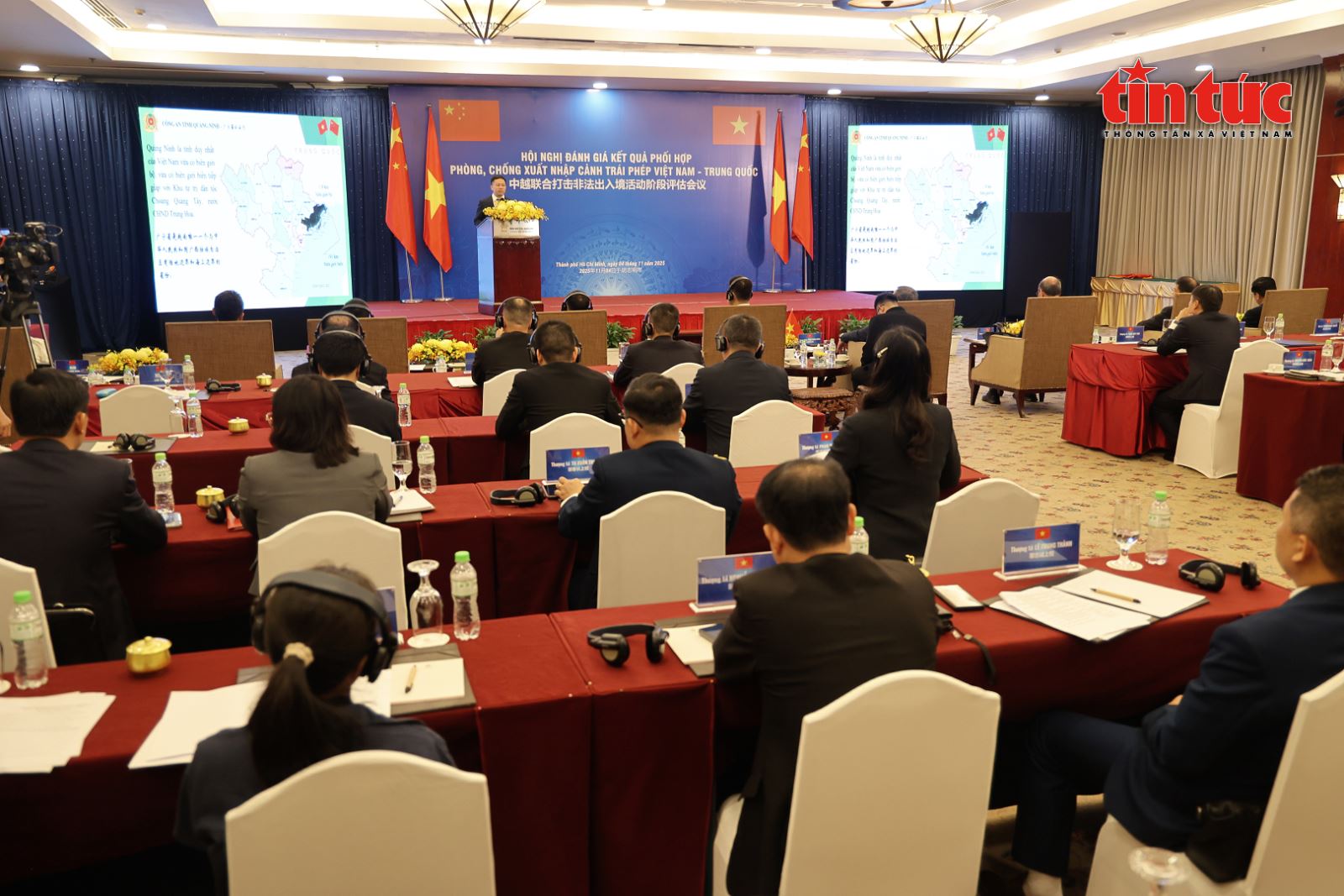
Handling over 6,600 illegal immigrants
This event took place in a special context when the two countries were organizing activities to celebrate the 75th anniversary of Vietnam-China diplomatic relations (1950 - 2025).
Opening the conference, Lieutenant General Pham Dang Khoa, Director of the Immigration Department ( Ministry of Public Security of Vietnam) emphasized the comprehensive strategic cooperative partnership and efforts to build a "Vietnam-China Community of Shared Future" of strategic significance, bringing the exchange and cooperation between the two countries into greater depth.
"The two governments have been promoting the application of science and technology in immigration management, while expanding open policies to create favorable conditions for residents of the two countries to travel conveniently," said Lieutenant General Pham Dang Khoa.
This openness has boosted the number of passengers crossing the border. Last year alone, the two sides processed more than 19 million safe and smooth entry and exit procedures for passengers. However, the downside is that violations of immigration laws have also increased, especially illegal entry and exit activities at the border.
The conference presented specific figures, demonstrating the effectiveness of the cooperation mechanism established from the 2023 coordination peak. Over the past two years, the two countries' functional forces have detected and handled more than 1,000 cases with more than 6,600 violators.
Reporting at the conference, Major General Le Hong Thai, Deputy Director of the Immigration Department, said that Vietnam has proactively implemented many professional measures, bringing positive results. Vietnamese authorities have organized nearly 4,000 propaganda campaigns and published thousands of articles to raise people's legal awareness.
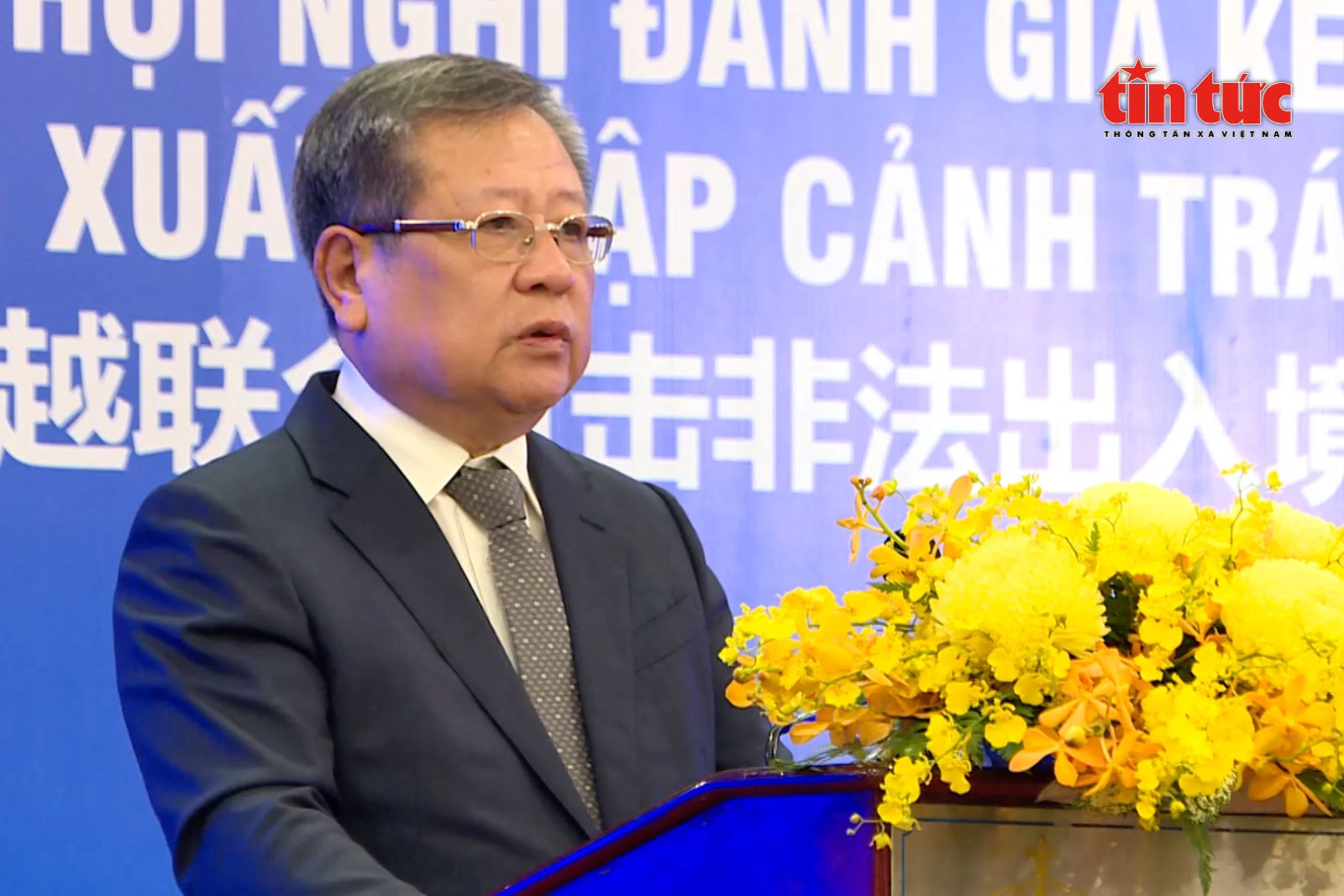
Regarding the fight against illegal immigration, Vietnam has investigated and handled 119 cases with 228 defendants related to illegal immigration organizations. 168 Vietnamese citizens were discovered to have committed illegal immigration acts and 323 Vietnamese citizens illegally entered the country through the Vietnam-China border.
Regarding foreign citizens, Vietnam has detected and handled 810 Chinese people with illegal immigration and 135 people with overstayed temporary residence, and handled 891 administrative violations.
Bilateral coordination has been close. Vietnam has deported and returned 879 Chinese violators. In return, Vietnam has received from China 2,559 cases of Vietnamese citizens who were deported or denied residency. Identity verification has been carried out seriously. Specifically, in 385 cases requested by China for verification, Vietnam has agreed to receive 206 cases and rejected 15 cases due to the failure to verify identity.
Coordination in the search for wanted criminals is also a bright spot. From June 2023 to September 2024, China asked Vietnam to search for 79 subjects; the Immigration Department arrested and handed over 3 subjects. Conversely, in January 2024, Vietnam also exchanged a list of 148 wanted subjects fleeing to China, asking the Chinese side to coordinate in the search.
Assessing this result, Lieutenant General Pham Dang Khoa affirmed: "Through the peak implementation period from 2023 to now, the two sides have coordinated very closely and promptly while achieving convincing results. This ensures that the two sides stabilize the situation related to immigration management, border area management and effectively fight against subjects who organize and manipulate the transportation of citizens of the two countries to illegally exit the country."
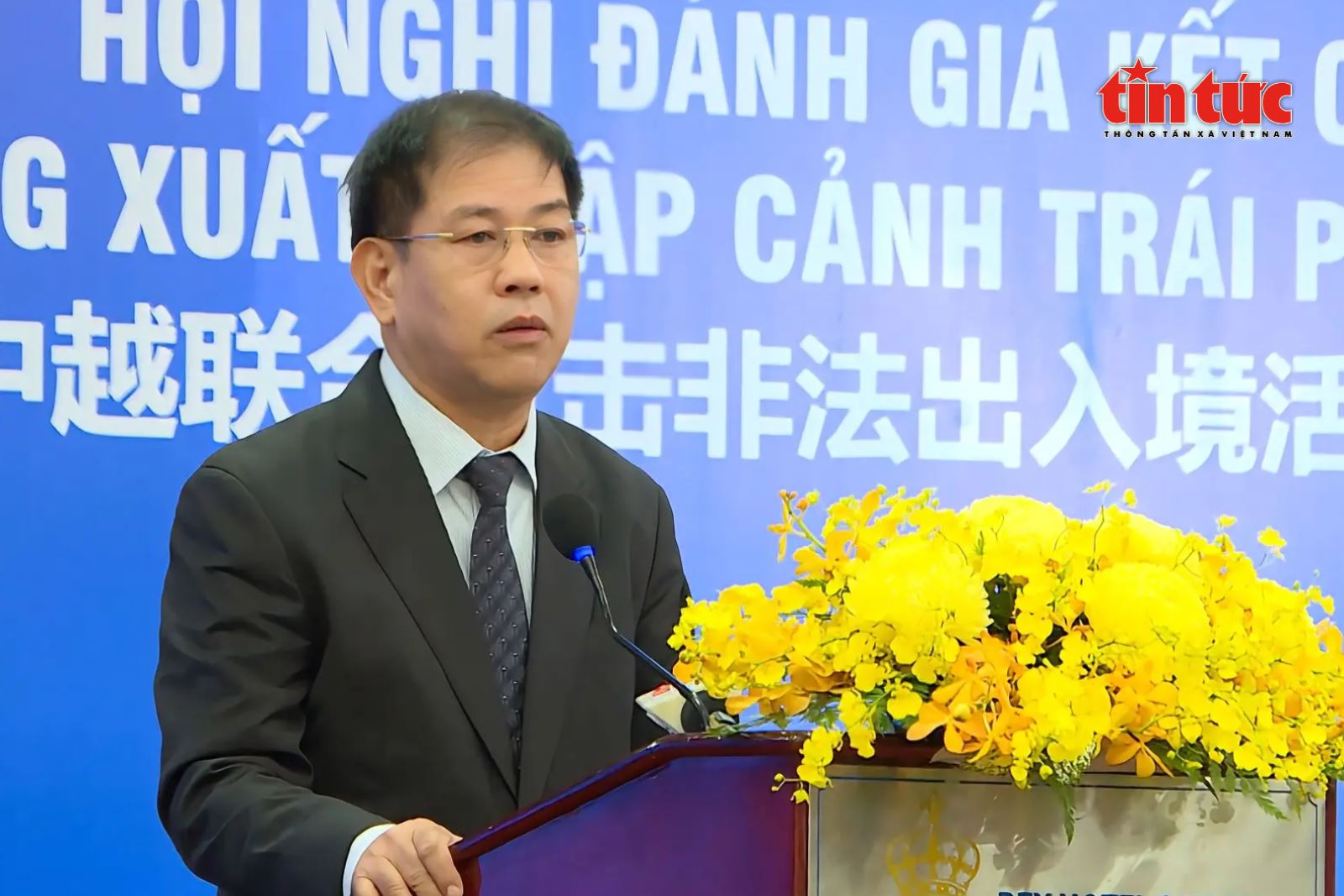
In addition to the achievements, the conference also frankly acknowledged the significant challenges. Illegal immigration, especially by land and sea, is becoming increasingly sophisticated.
Ho Chi Minh City is identified as a complex transit area, the report of Lieutenant Colonel Phan Huy Van, Deputy Director of Ho Chi Minh City Police Department has clearly shown this picture. Since the beginning of 2025, the city has recorded more than 4.2 million temporary residence registrations of foreigners, with more than 168,000 people residing (including more than 64,000 Chinese citizens).
Taking advantage of this excitement, criminals have turned the city into a transit point. Ho Chi Minh City police have discovered 146 illegal immigration cases involving 431 subjects, including 195 Chinese people. Authorities have prosecuted 14 cases with 42 defendants for organizing and brokering.
The methods of the networks are increasingly unpredictable. Major General Le Hong Thai pointed out that the leaders often do not reveal themselves but use social networks such as Telegram and WeChat to direct from afar. They divide the network into smaller groups, with a group of locals using motorbikes to pick up people from the border, then hand them over to another group using cars (usually shared cars or taxis) to bring them inland.
Notably, Lieutenant Colonel Phan Huy Van said that Ho Chi Minh City Police discovered that subjects used ambulances to transport illegal immigrants, paying through many intermediary accounts to conceal the matter.
The routes are also diversified. In addition to the northern border route (Lang Son, Lao Cai), there has been an illegal immigration route from Cambodia (usually gathering in Svay Rieng province) through trails in An Giang, Tay Ninh, Kien Giang to Ho Chi Minh City, then continuing to move north to China.
In particular, the sea route has become more complicated. In the past 6 months alone, the authorities have handled 31 cases involving 199 Chinese citizens illegally entering by sea (from Dongxing, Beihai, Fangchenggang of China) into Quang Ninh and Hai Phong.
Strengthening mechanisms and modernizing border gates
Faced with the above situation, Vietnam and China agreed to further tighten the coordination mechanism. Major General Le Hong Thai, Deputy Director of the Immigration Department, clearly stated the direction: "The two sides continue to maintain a hotline to exchange information, regularly coordinate in prevention to stop illegal immigration lines. Coordinate to consolidate documents to arrest the masterminds. The border control agencies of the two sides continue to improve the cooperation mechanism, regularly organize talks, and coordinate to prevent criminal activities."
The two sides also agreed to hold a meeting once a year and the next conference is expected to take place in China at the end of 2026.
With a border of nearly 1,500 km, modernizing control is an urgent requirement. The two countries are actively implementing the construction of smart border gates at the Huu Nghi (Vietnam) - Huu Nghi Quan (China) international border gate pair, while studying the upgrade of the Ta Lung (Vietnam) - Thuy Khau (China) border gate pair to international border gates.
China also highly appreciated Vietnam's cooperation. Mr. Dinh Lap Than, Head of the General Department of Border Control of Guangxi Province (China) said: "Over the past year, border control between the two sides has become increasingly effective. The two countries have coordinated many propaganda campaigns on immigration, while fighting against illegal entry and exit. However, the situation of this type of crime is becoming more and more complicated. I hope that in the coming time, the two countries will strengthen coordination, information sharing, and coordination in all aspects, contributing to promoting deeper and broader cooperation between the two sides."
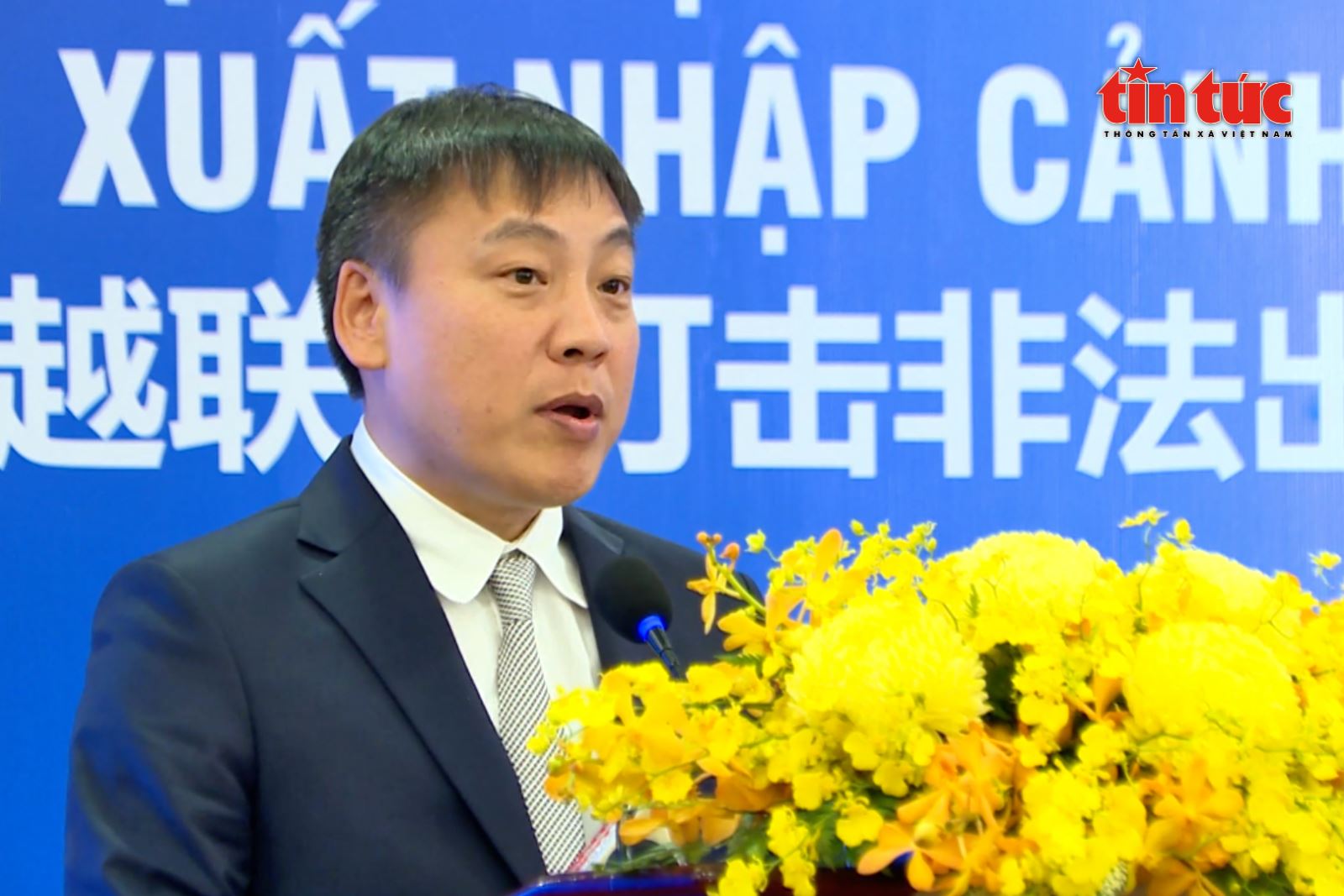
At the conference, the Vietnamese side also raised a number of difficulties and recommendations. Ho Chi Minh City Police pointed out problems in the deportation process, such as the long and costly journey from Ho Chi Minh City to Lang Son; the reception time of the Chinese side is strictly regulated (only at 3 p.m. on Tuesdays and Thursdays), making arrangements difficult. In many cases, airlines refuse to transport illegal immigrants, or delay in issuing travel documents from the consulate.
From there, the Vietnam Immigration Department requested the Chinese side to strengthen preventive measures right from the Chinese border, especially the sea route. At the same time, speed up the verification response for wanted subjects. An important recommendation is that the return of citizens must comply with the agreement, with clear identity verification, "not unilaterally deport back to Vietnam" without completing the procedures.
This conference to evaluate the results of cooperation is considered a substantial step forward, deepening the coordination between the Ministry of Public Security of Vietnam and the National Immigration Administration of China. The tightening of border security management not only contributes to maintaining national security and social order and safety of each country, but also creates a safe corridor to promote trade, tourism and people-to-people exchange between the two countries to develop stably and sustainably.
Source: https://baotintuc.vn/van-de-quan-tam/viet-nam-trung-quoc-siet-chat-bien-gioi-xu-ly-tren-6600-doi-tuong-xuat-nhap-canh-trai-phep-20251104145052195.htm


![[Photo] Ca Mau "struggling" to cope with the highest tide of the year, forecast to exceed alert level 3](https://vphoto.vietnam.vn/thumb/1200x675/vietnam/resource/IMAGE/2025/11/04/1762235371445_ndo_br_trieu-cuong-2-6486-jpg.webp)
![[Photo] The road connecting Dong Nai with Ho Chi Minh City is still unfinished after 5 years of construction.](https://vphoto.vietnam.vn/thumb/1200x675/vietnam/resource/IMAGE/2025/11/04/1762241675985_ndo_br_dji-20251104104418-0635-d-resize-1295-jpg.webp)
![[Photo] Ho Chi Minh City Youth Take Action for a Cleaner Environment](https://vphoto.vietnam.vn/thumb/1200x675/vietnam/resource/IMAGE/2025/11/04/1762233574890_550816358-1108586934787014-6430522970717297480-n-1-jpg.webp)

![[Photo] Panorama of the Patriotic Emulation Congress of Nhan Dan Newspaper for the period 2025-2030](https://vphoto.vietnam.vn/thumb/1200x675/vietnam/resource/IMAGE/2025/11/04/1762252775462_ndo_br_dhthiduayeuncbaond-6125-jpg.webp)




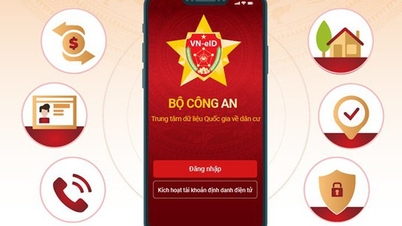





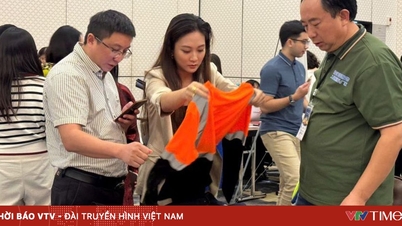


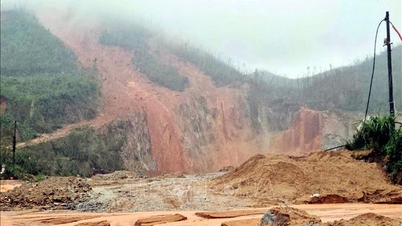


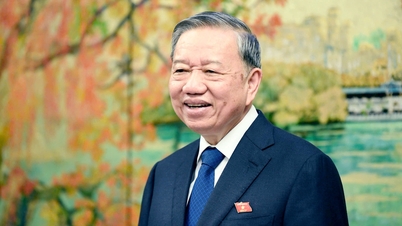


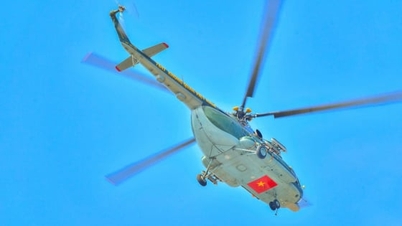







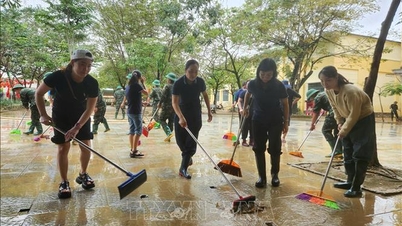
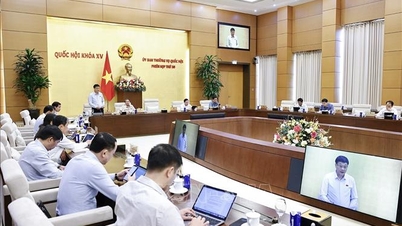





















































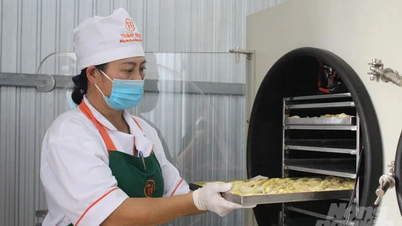
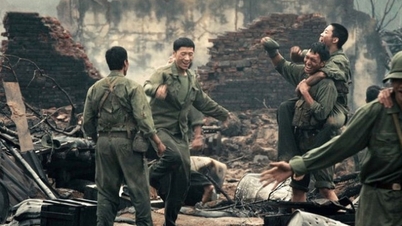
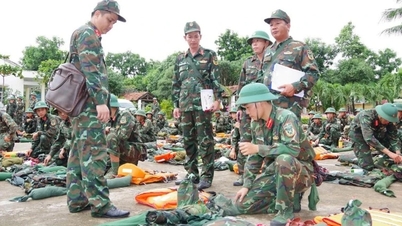













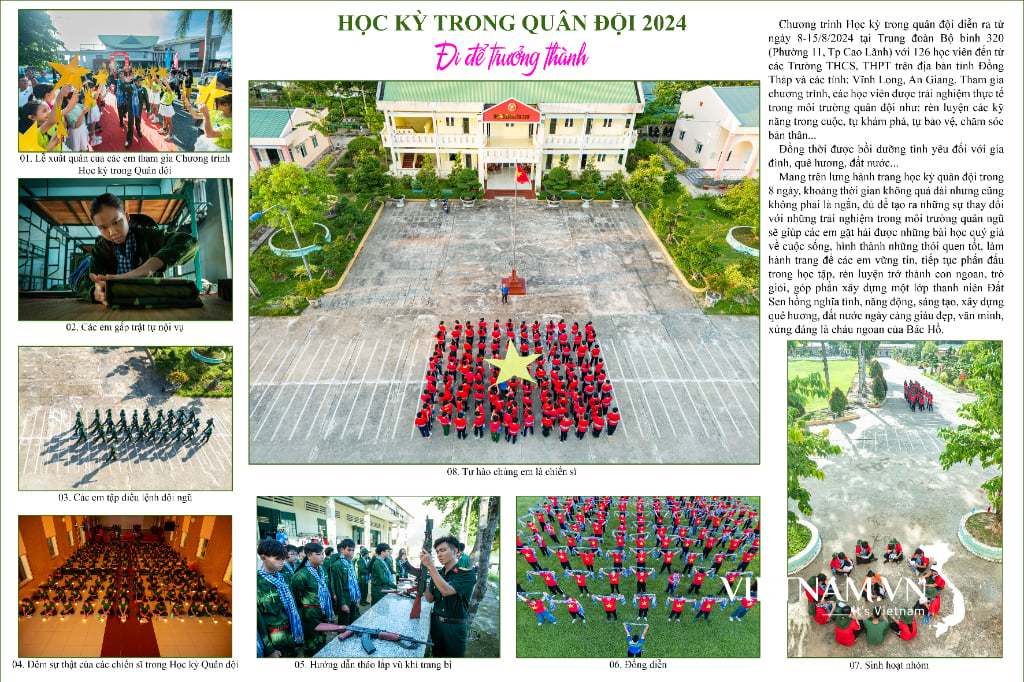
Comment (0)